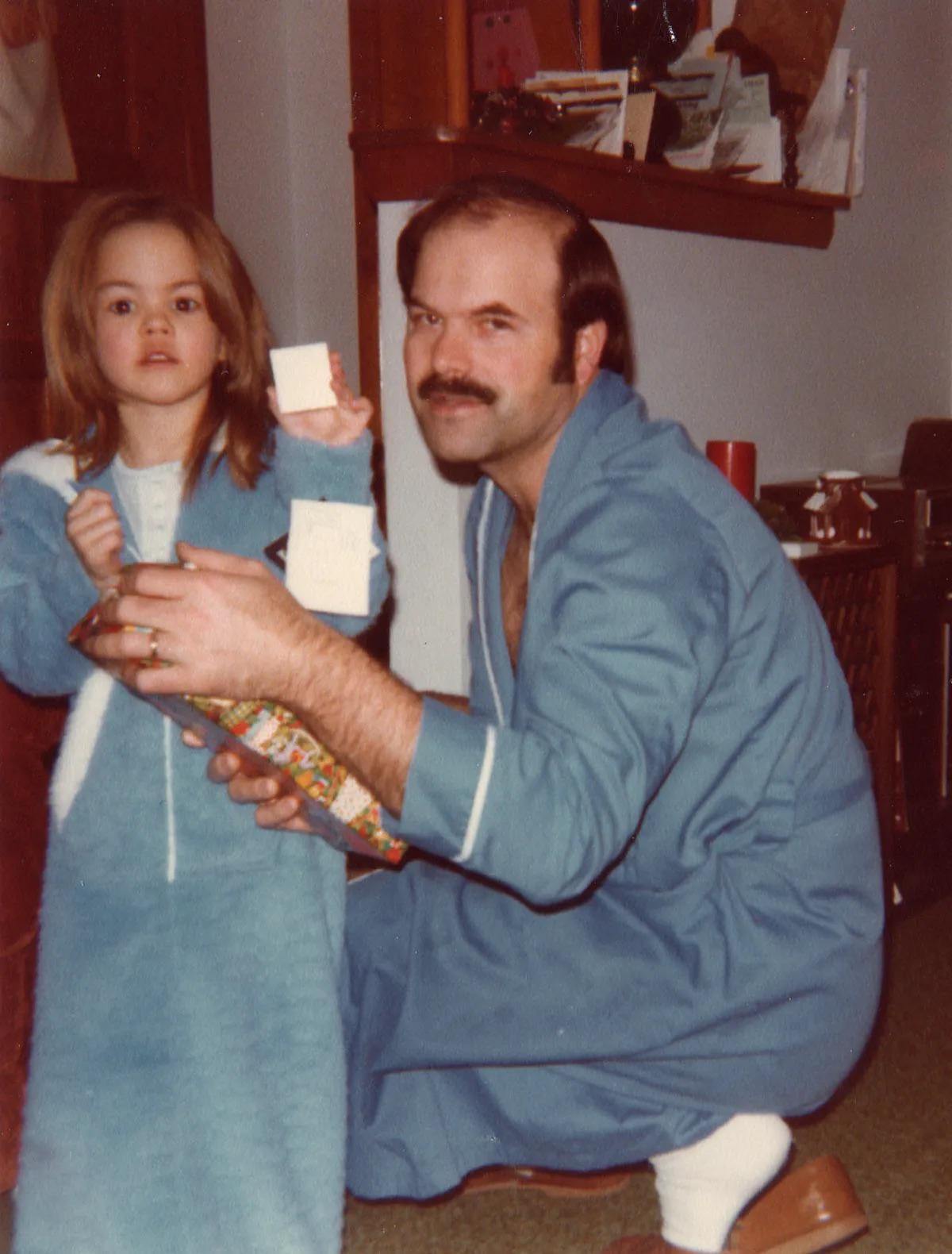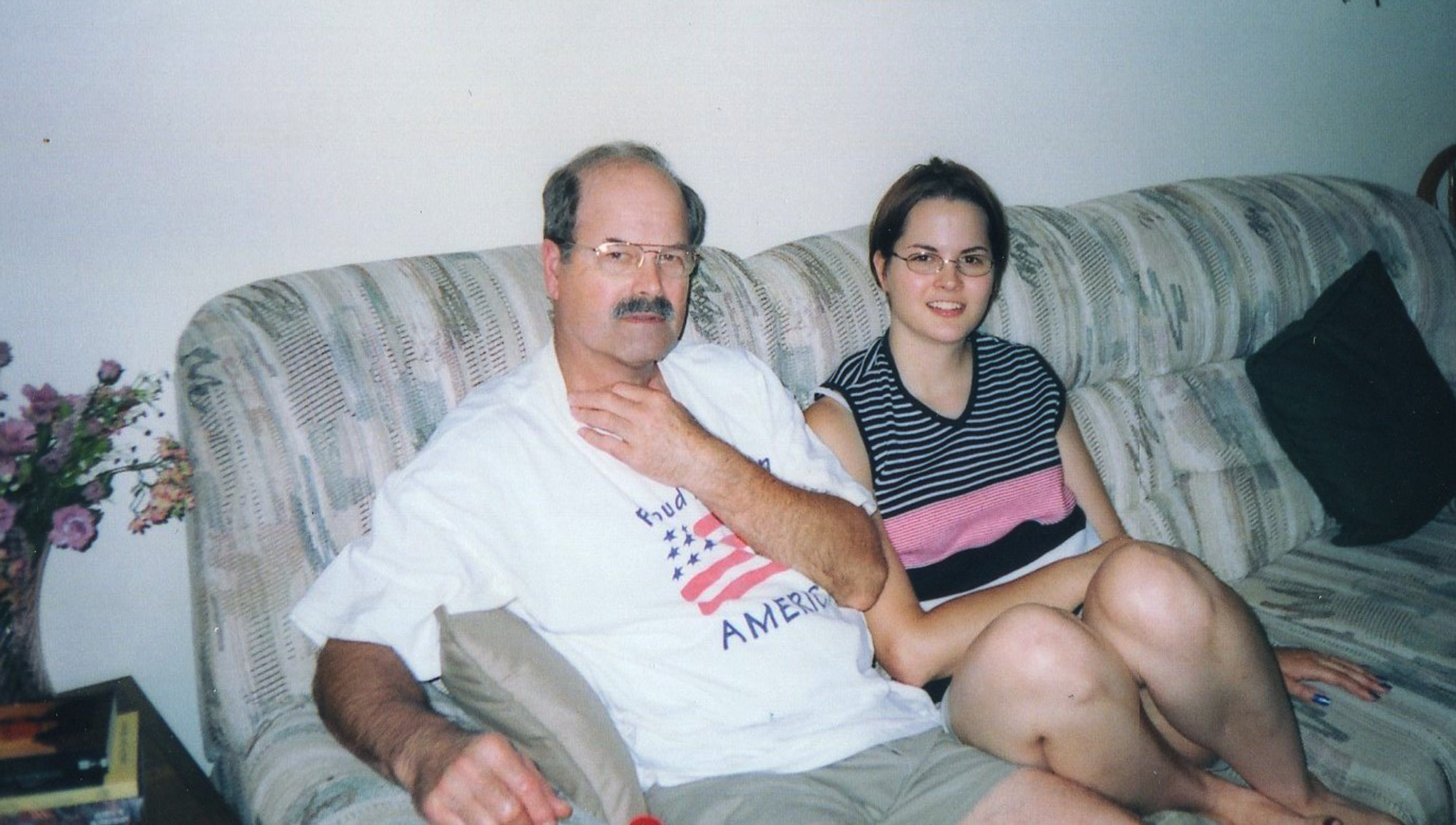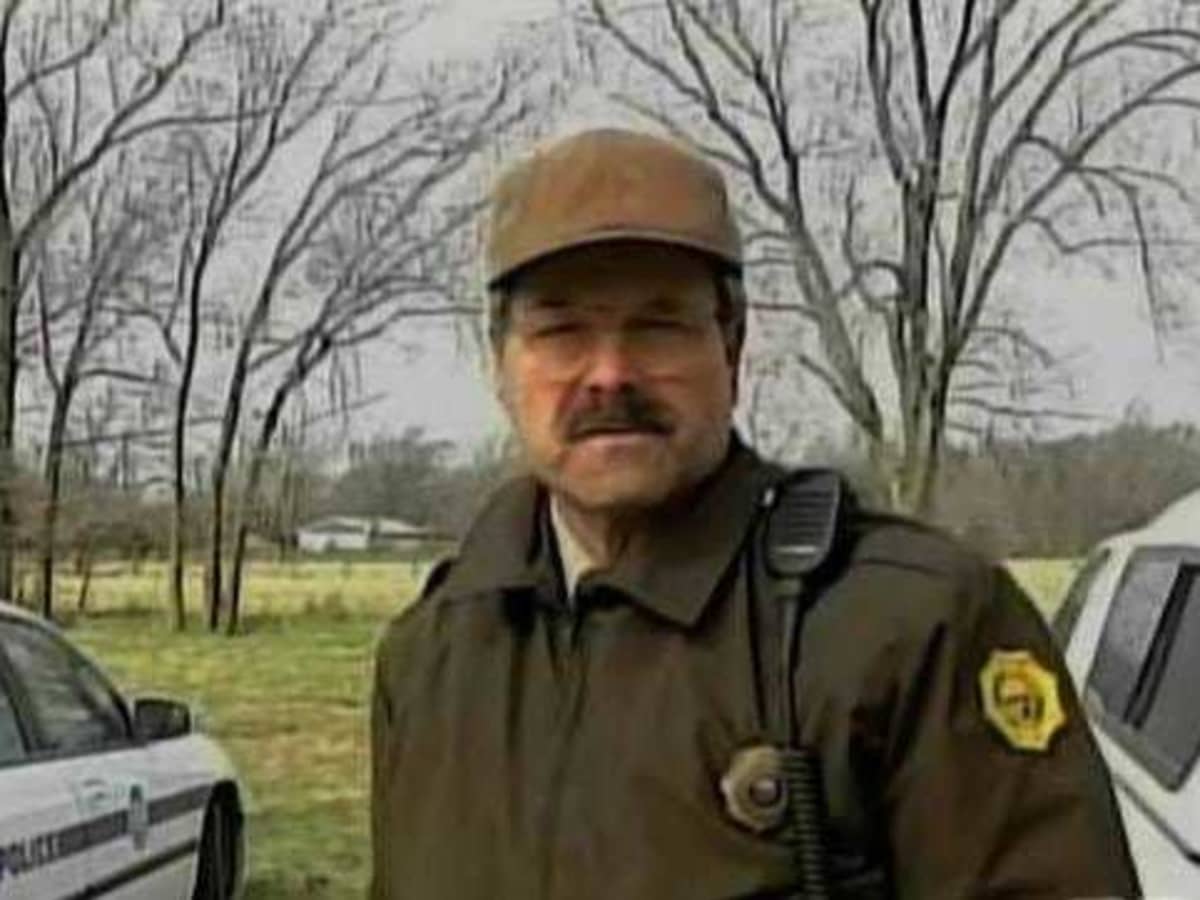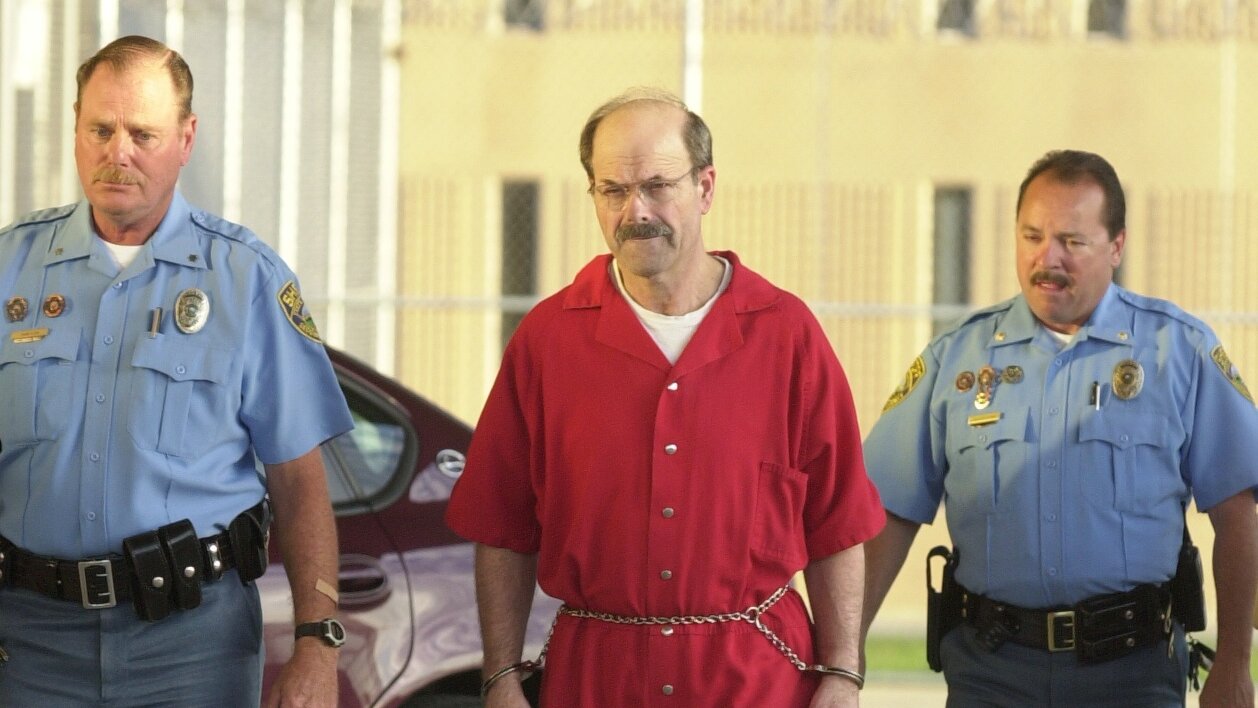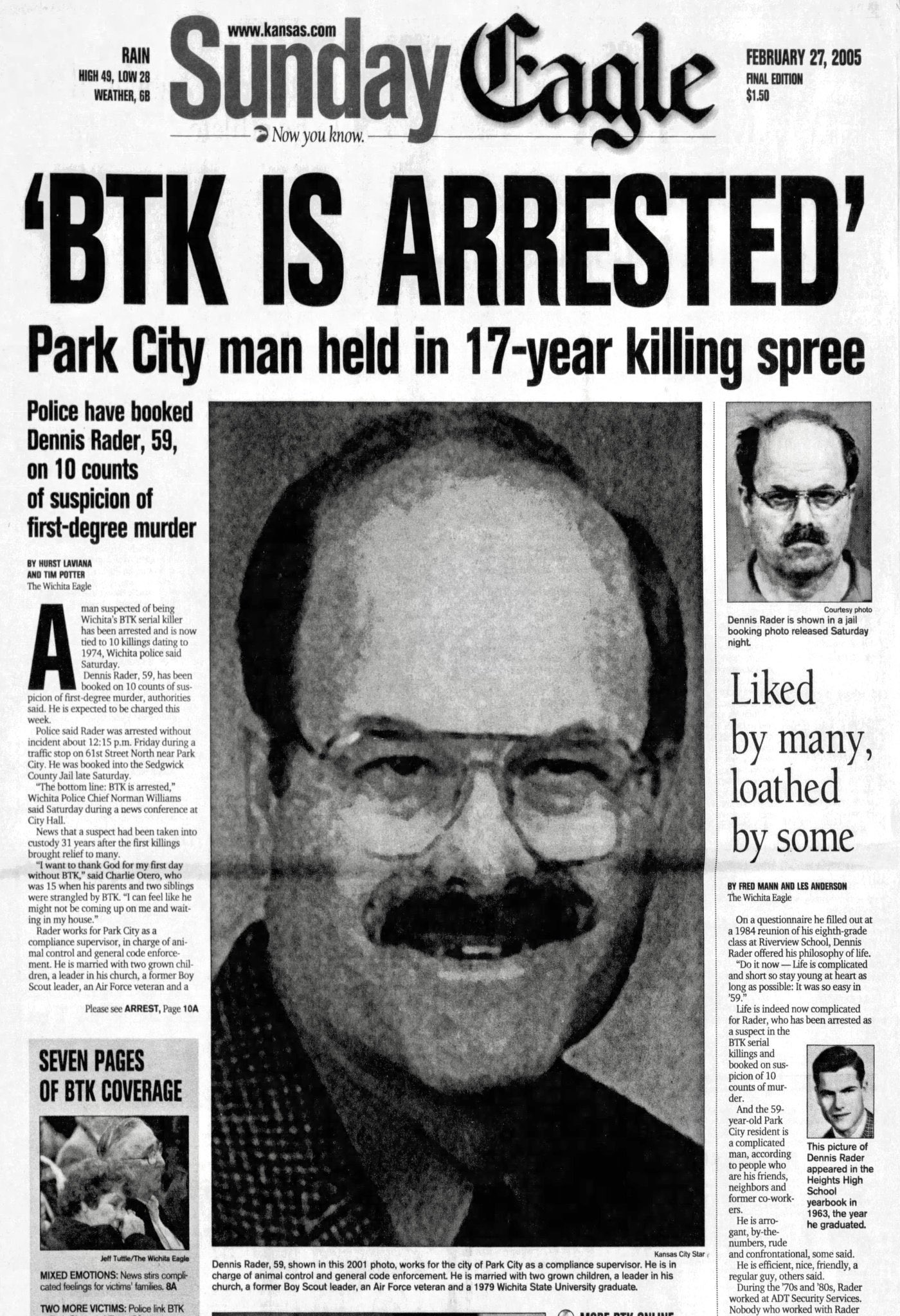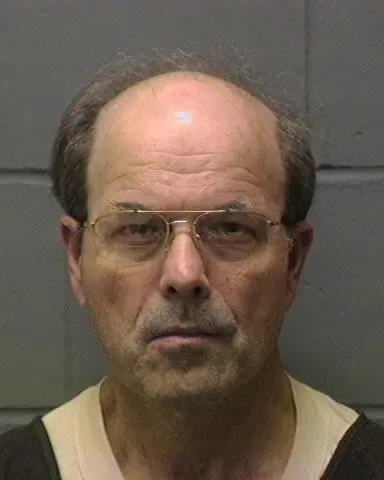BTK Dennis Rader: When Your Neighbor Is Literally a Serial Killer

There's a guy in Wichita who will measure your grass with a tape measure and write you a citation if it's too long. He's also the president of his church council. He installs home security systems. He leads a Cub Scout troop. And for 31 years, nobody knew he was killing people. Until he asked police one question about a floppy disk."
You can listen to this episode here.
How the BTK Killer Got Caught: Dennis Rader's Fatal Digital Mistake
The Morning Everything Changed in Wichita
January 15, 1974. A Tuesday morning in Wichita, Kansas. Four members of the Otero family are found dead in their home. Joseph Otero Sr., his wife Julie, and two of their children, Josephine and Joseph Jr., all murdered. Their 15-year-old son Charlie comes home from school and finds them.
The way they died told investigators everything they needed to know about who did this. All four victims had been bound. Strangled. The scene was methodical. Controlled. This person had a system.
The killer had broken in by throwing a concrete block through a window. When someone came to check on the noise, he told them he was on the run and needed food and warmth. He handcuffed her. Calmed her down. Then he bound and strangled the entire family, one by one.
Years later, when Dennis Rader confessed to these murders, he said something that still makes your skin crawl. He admitted he had never strangled anyone before, so he didn't really know how much pressure to use or how long it would take. He was learning. Experimenting. Treating murder like a science project.
When the Killer Introduces Himself
Three months after the Otero murders, Rader struck again. Kathryn Bright was killed in her home on April 4, 1974. Her brother Kevin was there. He fought back. Rader shot him twice and Kevin still survived, giving police their first real description: average-sized guy, bushy mustache, eyes that looked psychotic.
That description should have led somewhere. Dennis Rader looked like every other suburban dad in Wichita. Too ordinary. Too forgettable.
Then in October 1974, a letter arrived at The Wichita Eagle. Someone was taking credit for the Otero murders. Three men had falsely confessed to the crimes the month before, and this letter writer was furious about it. He included details only the killer would know. He wrote, "I did it by myself and no ones help."
He signed it BTK. Bind, Torture, Kill.
The methodology was always the same. He would bind his victims with whatever he found in their homes. Rope. Pantyhose. Belts. He would torture them psychologically, making them believe they might survive. Then he would strangle them, often manually, sometimes with a plastic bag. He took his time. He watched them die.
The Man Who Installed Your Security System
Dennis Rader worked for ADT Security Services from 1974 to 1988. His job was installing home security alarms across Wichita. The man breaking into homes and murdering families was the same man homeowners paid to protect them. He knew exactly how alarm systems worked, where the vulnerabilities were, which houses were easy targets.
His coworkers called him "the blue book man" because he was obsessed with following every rule in the employee handbook. He would scold people for chatting too long during breaks. He measured everything. Controlled everything. At work, he needed perfect order.
At home and in his community, he built the facade deeper. He married Paula Dietz in 1971. They had two kids, Kerri and Brian. He was active at Christ Lutheran Church, eventually becoming church council president. He led a Cub Scout troop. He was the guy you'd wave to in the grocery store parking lot.
Later, he worked as a compliance officer for Park City, enforcing local ordinances. He would patrol neighborhoods with a tape measure, citing people for grass that was too long or trash cans left out too late. People hated him for being petty and annoying. Nobody suspected him of murder.
The Psychology Behind the Mask
Dennis Rader's motivation was sexual in a specific way. Autopsies showed his victims were not sexually assaulted. Semen was found at some crime scenes, but Rader wasn't interested in rape. He was interested in control.
He derived his gratification from the dominance. The fear. The moment of strangulation. He confessed to masturbating while watching his victims struggle. Absolute power over another person's life was what satisfied him.
He kept trophies. Driver's licenses. Underwear. Personal items. He called his murders "projects" and kept detailed files on each one. He would stalk his victims for weeks or months, learning their schedules, their routines, their vulnerabilities. Then he would strike when they were most alone.
Between 1974 and 1991, Dennis Rader murdered at least 10 people. Shirley Vian Relford in 1977, a mother of three. Nancy Fox later that same year. After killing Nancy Fox, Rader did something that shows you exactly how theatrical his ego was. He called the police himself. Anonymously reported his own victim. He wanted to make sure they found her. He wanted the credit and the terror.
In 1985, he killed his neighbor, Marine Hedge, demonstrating just how close the danger really was. Dolores Davis in 1991 was his last confirmed victim.
Then around 1979, the letters stopped. The murders seemed to stop. The case went cold.
The Silence and the Ghostbusters
Wichita tried to move on. In 1984, police formed a special task force they called the "Ghostbusters" because they were chasing a phantom. They had Kevin Bright's description. They had letters. They had crime scenes. They had nothing concrete.
Police developed theories. Maybe he was in prison for another crime. Maybe he had died. Maybe he found a partner who let him act out his fantasies safely. Former FBI agent Robert Ressler suggested the killer might be a criminal justice student, someone organized and intelligent.
Dennis Rader was still right there, living his boring, rule-obsessed life. He finished his degree at Wichita State University. He worked his compliance officer job. He went to church. He raised his kids.
By 2004, his ego couldn't stay quiet anymore. He felt like people had forgotten about him. He wasn't getting the credit he deserved.
The Return of BTK
In March 2004, a letter arrived at The Wichita Eagle claiming responsibility for the 1986 murder of Vicki Wegerle. BTK was back after 25 years of silence.
Law enforcement learned from their past mistakes. They appointed one spokesperson for the investigation, someone who could speak directly to BTK through the media. They knew what they were dealing with: a narcissist who craved attention and validation.
So they gave it to him. Carefully. Strategically.
BTK responded by sending packages with crime scene photos and a driver's license belonging to one of his victims. Police used DNA found under Vicki Wegerle's fingernails to create a genetic profile they could match against any suspect.
Then on January 25, 2005, BTK sent a postcard with a question: "Can I communicate with Floppy and not be traced to a computer. Be honest."
Police saw their opportunity. They placed a classified ad in The Wichita Eagle with the message BTK requested: "Rex, it will be OK."
It was a lie. Dennis Rader believed them.
The Church Computer and the Floppy Disk
Two weeks later, a purple floppy disk arrived at a local Fox TV affiliate. Rader thought he was being clever. He believed the disk couldn't be traced back to him.
Here's what actually happened. Dennis Rader sat down at the computer in his office at Christ Lutheran Church, where he served as council president. He created the file he wanted to send to police. Then he deleted other files from the disk, thinking that would erase them completely.
Forensic investigators recovered those deleted files. The metadata embedded in them showed the disk had been used at a computer registered to Christ Lutheran Church by a user named "Dennis."
The church council president. The compliance officer. The man measuring grass with a tape measure. Dennis Rader.
Police obtained a DNA sample through a court order for his daughter's medical records, using familial matching to compare it against crime scene evidence. The DNA from under Vicki Wegerle's fingernails matched. The semen from the Otero crime scene matched.
Nine days after the floppy disk arrived, on February 25, 2005, Dennis Rader was arrested. Thirty-one years of terror ended because a narcissist trusted a lie and didn't understand how computers work.
Later, Rader admitted, "The floppy did me in." He was reportedly angry that police had lied to him about being able to trace the disk. Even in custody, his entitlement was staggering.
The Courtroom Confession Nobody Expected
What happened in court was almost as disturbing as the crimes themselves. Dennis Rader was polite. Courteous. He answered every question with "Yes, sir" and "Yes, your honor."
Then he described his murders like he was giving a college lecture. He talked about the "trolling stage" where he looked for victims. The "stalker phase" where he locked onto a target. He explained how he manually strangled Shirley Vian Relford when she started to scream. He described hanging one young victim in a basement and admitted to having sexual fantasies afterward.
Charlie Otero, who found his family dead in 1974, called Rader "an emotionally devoid humanoid with a monster living inside." The clinical, detached way Rader recounted destroying families offered no closure. Only more pain.
Dennis Rader was sentenced to 10 consecutive life terms. A minimum of 175 years without the possibility of parole. He will die in prison several lifetimes over.
The Puzzle That Points to More Victims
Authorities believe Dennis Rader has more victims. His narcissism makes it likely he would want credit for every "project."
In 2024, investigators began reexamining a word puzzle Rader sent to a Kansas City TV station in 2004. At first, they saw the obvious words about BTK fantasies: "Wichita," "prowl," "ruse." Then they looked closer.
Hidden in the puzzle were the words "Cindy," "Kinney," and "Kihekah." Kihekah is the name of a street in Pawhuska, Oklahoma. In 1976, 16-year-old cheerleader Cynthia Kinney disappeared from the Osage Laundry on Kihekah Street. She vanished mid-morning, which matches Rader's general pattern of operation.
Rader has never confessed to her murder. The puzzle suggests he wants people to know anyway. Even from prison, his ego compels him to communicate the full scope of what he's done.
The Aftermath of the Ordinary Monster
His wife Paula divorced him immediately after his arrest. The court waived the typical sixty-day waiting period. Emergency divorce granted.
His church was shattered. Pastor Michael Clark said the world "changed that very moment" when officers told him Dennis Rader was BTK. The congregation had to reconcile that their council president, a man they trusted and prayed with, had been a serial killer the entire time.
The people of Wichita learned that monsters don't always hide in the dark. Sometimes they measure your lawn. Sometimes they sit next to you in church. Sometimes they install the security system meant to keep you safe.
Dennis Rader's downfall came from the same trait that defined his crimes: his need for control. He believed he was smarter than everyone else. He thought he could manipulate law enforcement into playing by his rules.
One purple floppy disk. One church computer. One username: "Dennis." That's all it took to end 31 years of terror and prove that even the most careful predators leave a trail. The blue book man who measured everything, who controlled everything, who planned everything down to the last detail, made one fatal assumption about technology he didn't fully understand.
And that's how they finally caught him.

